By Matthew Stanonis
Stepping off the airplane into a city of glittering palaces and gold-tipped churches was the culture shock of a lifetime for an American boy from Ohio’s Amish country. More comfortable with apple pie and dairy farms than apartment blocks and statues of Lenin, the semester I spent in Russia’s northern capital, St. Petersburg, provided an experience truly a world away from my daily beat. Though profoundly different from my home, the change of scenery was expected; as former Defense Secretary Donald Rumsfeld would say, it was a “known unknown”. What was entirely unexpected, an “unknown unknown”, was the depth and sincerity of the human connections that I built in this far-away place. These surprise experiences ranged from becoming friends with a Turkmen migrant working in a hostel in Tbilisi to becoming a late-night legend at a karaoke bar, and did much to personalize my perception and understanding of Eurasia.

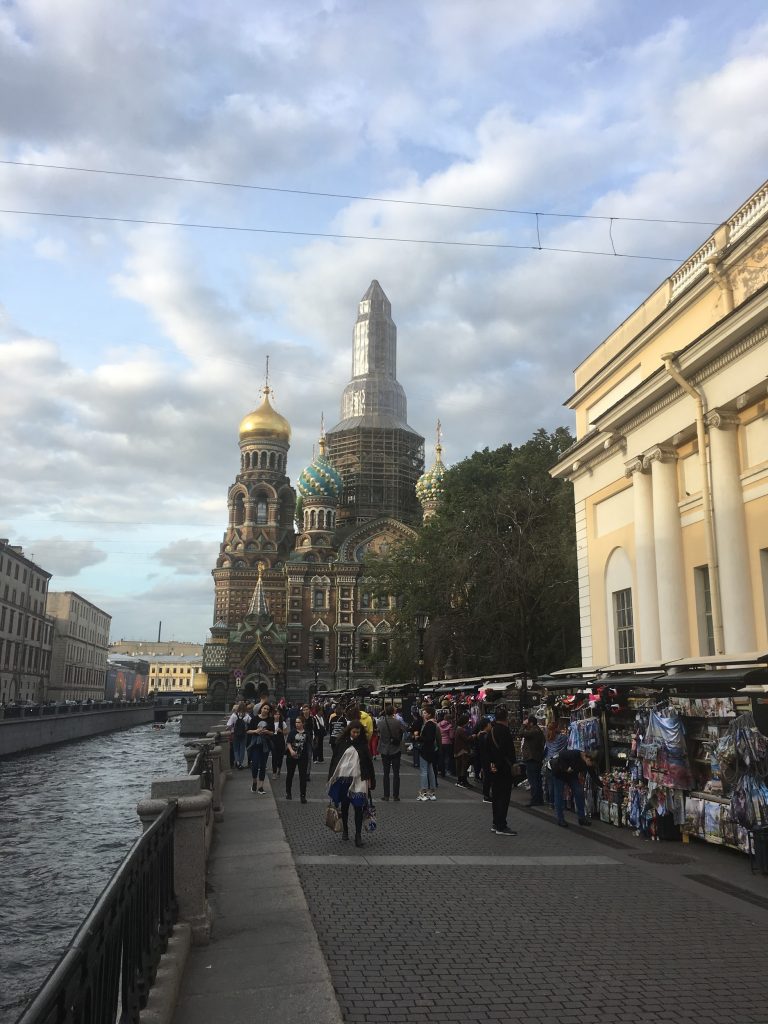
Last fall, I enrolled as an exchange student at the Smolny Campus of St. Petersburg State University through the CIEE program. I took my classes in Russian, enforcing a challenging but rewarding regimen of linguistic and cultural immersion. The courses in Russian Political and Social Life, Cultural Comparison Between the US and Russia, and advanced Russian language did much to provide insight into the culture, politics, and worldview of the planet’s largest country. Of course, classroom immersion in Russian also significantly and authentically advanced my language proficiency. The professors were skilled at delivering complex lectures with grace and poise, and fortunately for me, a degree of mercy while grading. Smolny’s academics constantly challenged and called me to dive deeper into the material, and accordingly, the social mechanics and constructions of the country that I found myself in.
As a major urban center, there were unlimited experiences on offer in St. Petersburg, ranging from rap concerts to Orthodox liturgies. I was fortunate to take advantage of many of them, and now in the era of quarantine and social distancing, I wish I had done so much more. In my short time there, I developed a love for a crisp, fermented bread drink called kvass, drank horse milk with an Armenian man we met on a bus, triumphed as champion of a durak tournament, joined a traditional Russian choir, ate cold pickled herring covered with sour cream and beets with my host mom, began to appreciate the scarce blessing of daylight, and most importantly, developed strong friendships that continue to span time and distance. The examples of goodwill from my host nation are endless. My host family welcomed me home each night, not only to show me kindness, but also to ensure that I was practicing Russian from the moment I walked in the door till I went to sleep each night. My host mom went above and beyond to make me feel comfortable and even baked a lemon pie, my favorite treat, each time I had a challenging test or returned from a weekend trip. Though I enjoyed many of these experiences, the most spiritually consequential aspect of my social education in Russia was weekly attendance of Orthodox Mass. Though the language was unfamiliar, the cadence, tradition, and prayers of the liturgy, along with the native community of faithful, provided me sanctuary, peace, and a profound lesson in the universality of human faith. Put into a cliche, I found a home away from home.
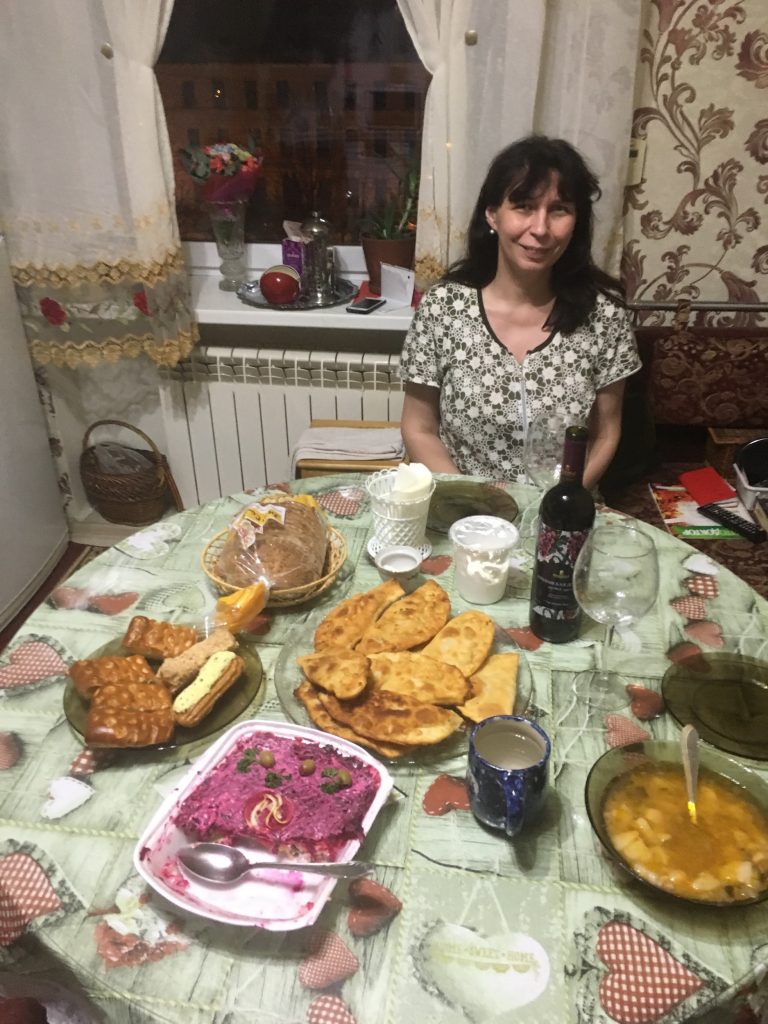
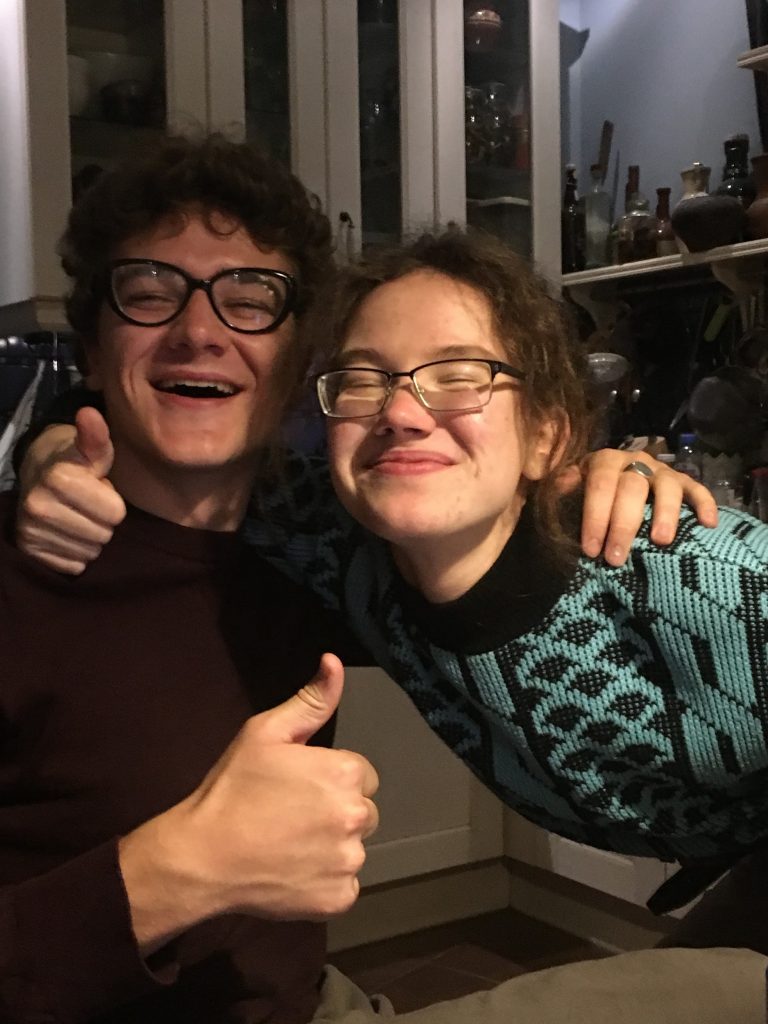
While my professors and friends were helpful teachers, my favorite lessons were found in the time between the end of classes and the door of my apartment. On the way to get my metro pass, I stumbled across the residence of Anna Akhmatova, Russia’s poetic conscience under Stalinism. The popular Hermitage art museum I frequented is accommodated in the gilded Winter Palace of the Romanov dynasty. I lived directly across the street from Troitsky Sobor, the Orthodox cathedral where Fyodor Dostoyevsky was married. The building in which I studied was a converted monastery school built under the orders of Catherine the Great, and still houses a massive cathedral in its heart.
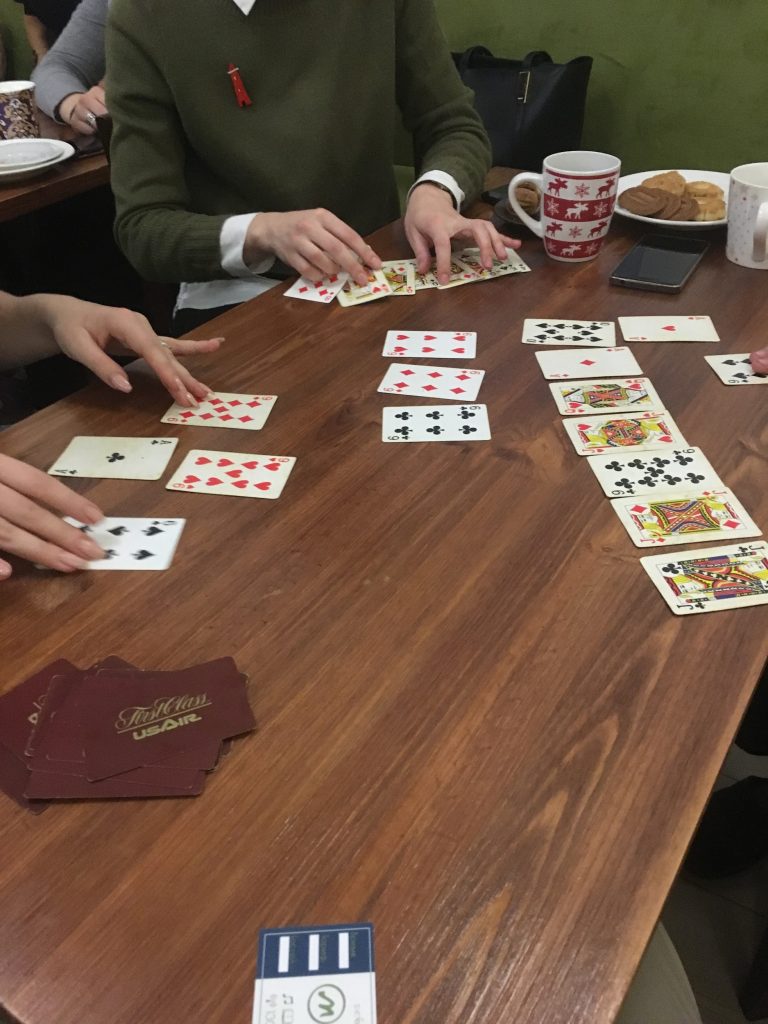
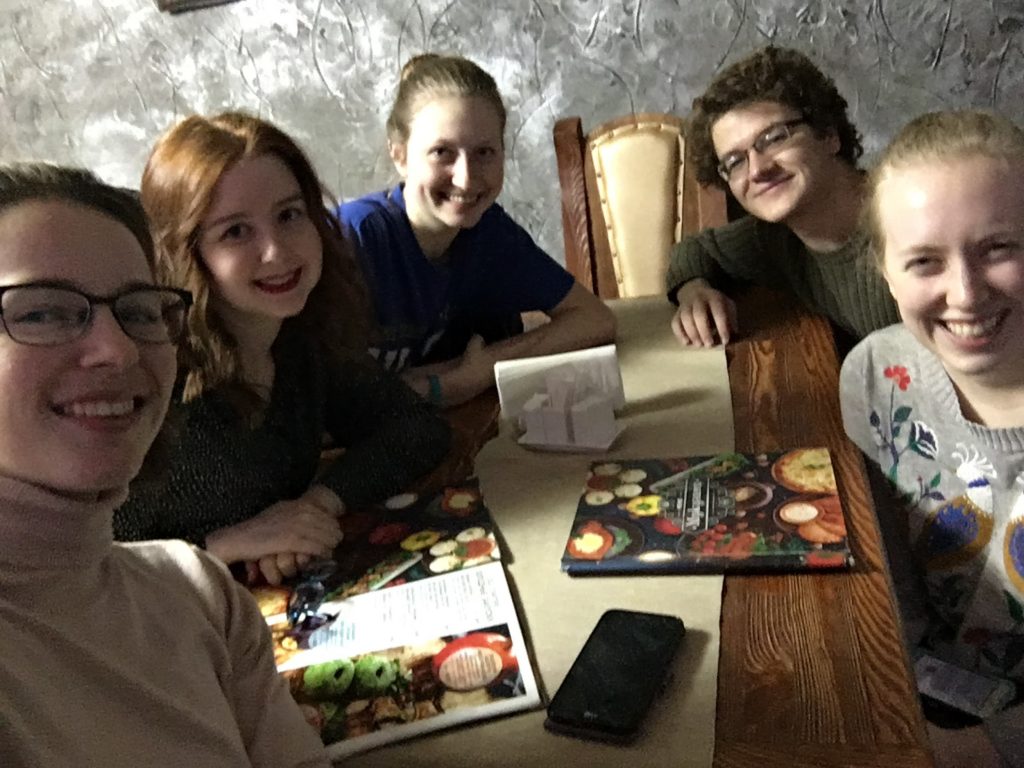
For all it’s glory, not all of St. Petersburg’s history dealt with poetry and empire. Like most places, there is a dark aspect to Petersburg’s story, and touching the memorials with my own eyes and my own hands made an impact on how I conceptualize and feel the tragedies throughout history. On the path to my weekly card night, I passed a rose-littered sign to the citizens of Leningrad, warning of an increased danger on one side of the street due to the positions of Nazi artillery. The august spires of Orthodox churches in the city were painted grey for camouflage against the bombsights of German warplanes flying overhead. Piskarovskoye Cemetery, which we passed on a tour, holds the bodies of 490,000 soldiers and civilians who perished in the Blockade of Leningrad. The deceased included the parents and grandparents of many of the students and faculty that I had come to know personally. The Smolny complex, the home of my university faculty, saw more than it’s fair share of tragedy. Vladimir Lenin designated the complex to be the headquarters of the Bolsheviks during the Russian Revolution. Within its walls, the boss of the Leningrad Regional Soviet, Sergei Kirov, was assassinated just a few years later in 1934, serving as pretext for the horrifying Great Purge. The building now houses the governor’s office, and was the place where current President Vladimir Putin built his early political career. In both good and bad, these buildings and sites, catching my eye on my commute, didn’t just increase self-awareness in the context of time and place, but diminished the degrees of separation that I felt with historical events and figures.
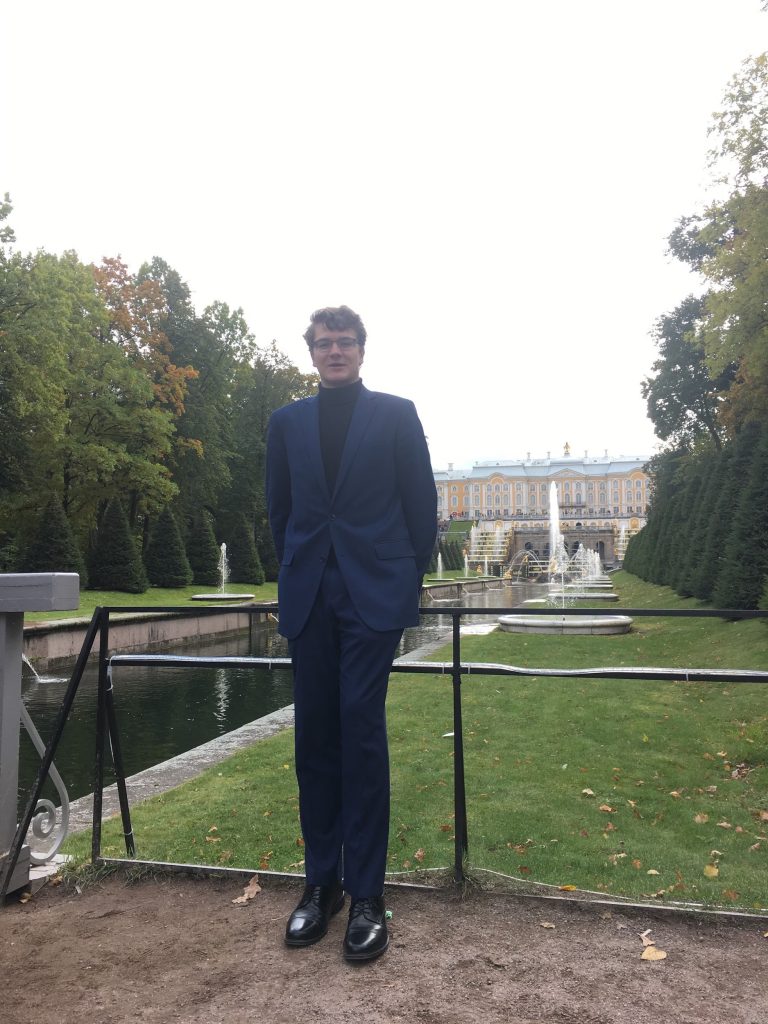
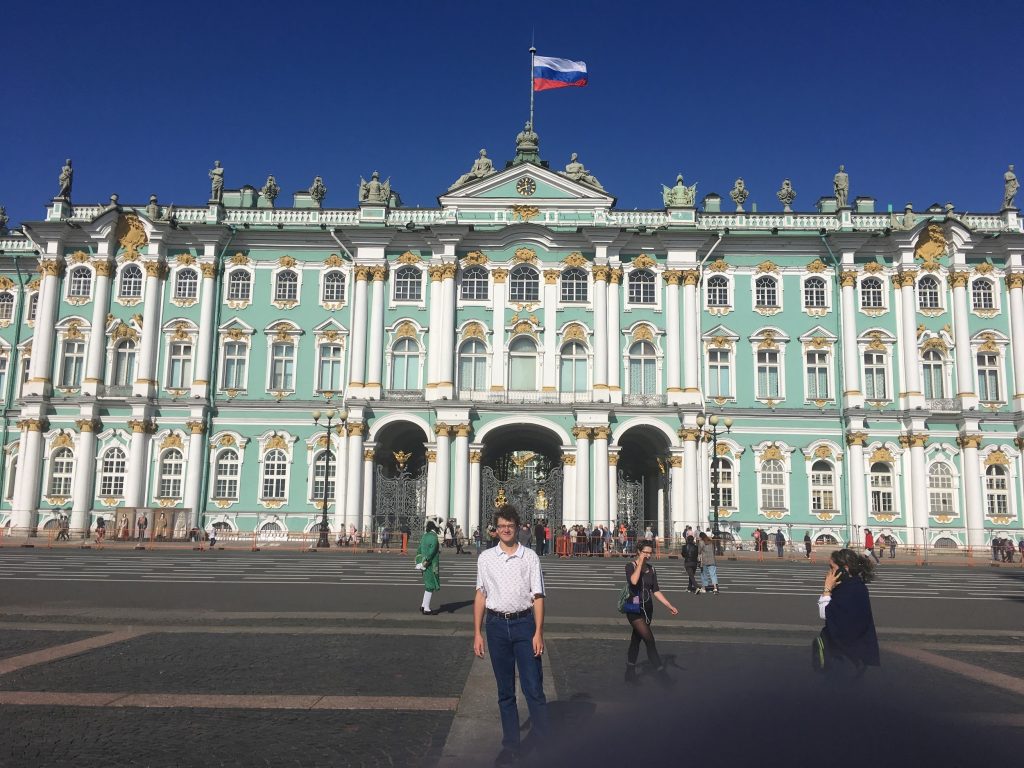
There were three modes of education that I found as a student in St. Petersburg. I learned by academic study, social experience, and simply, by place. Every college student “unique” enough to pick sleety St. Petersburg over balmy Barcelona already has strong reasons for being there. For many, a semester abroad is spent to improve language skills to assist their quest for a State Department job (or something similar). For myself, it was to see and explore a country that I’d spent years studying. The true wealth and richness of the semester, however, was not found in the known unknowns of palaces and pirozhki, but the “unknown unknowns,” the fulfillment that one gleans from the mundane moments of their experiences and reflections. An autumn in St. Petersburg was full of surprises, and personal development, and I couldn’t have asked for a better semester.


Matthew Stanonis is a senior majoring in Russian, East European Studies, Political Science, and International Studies.
